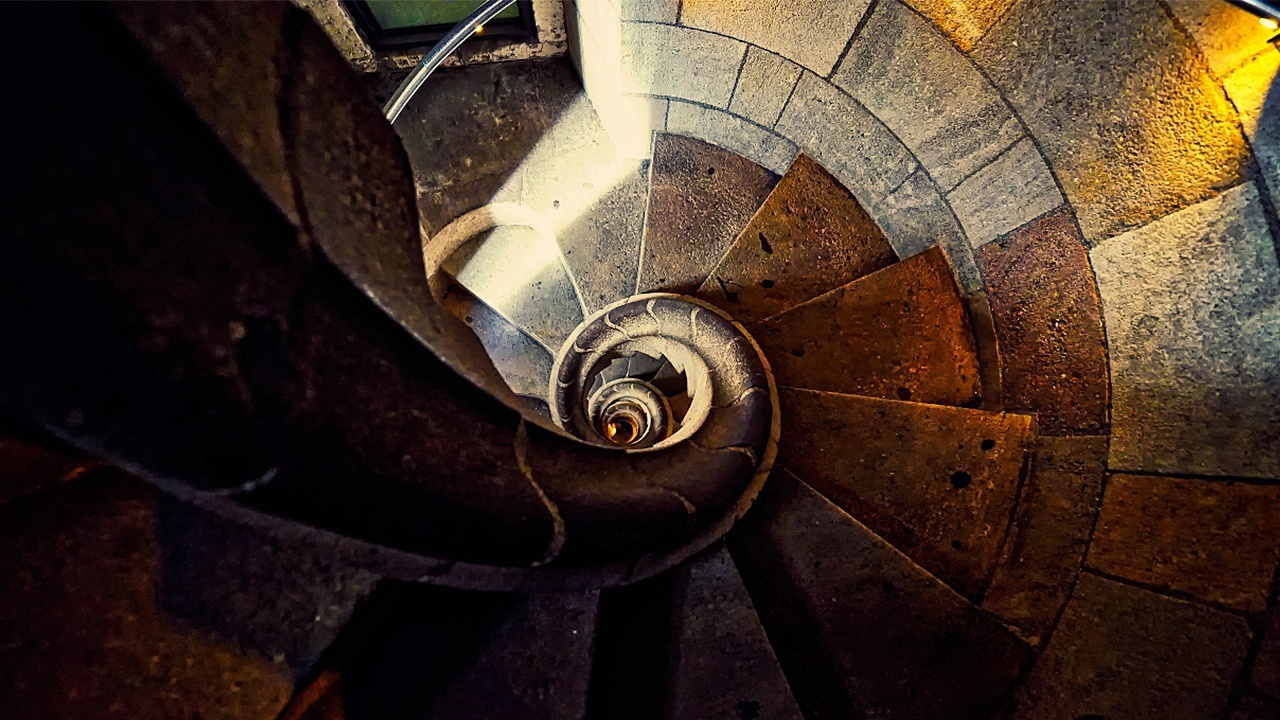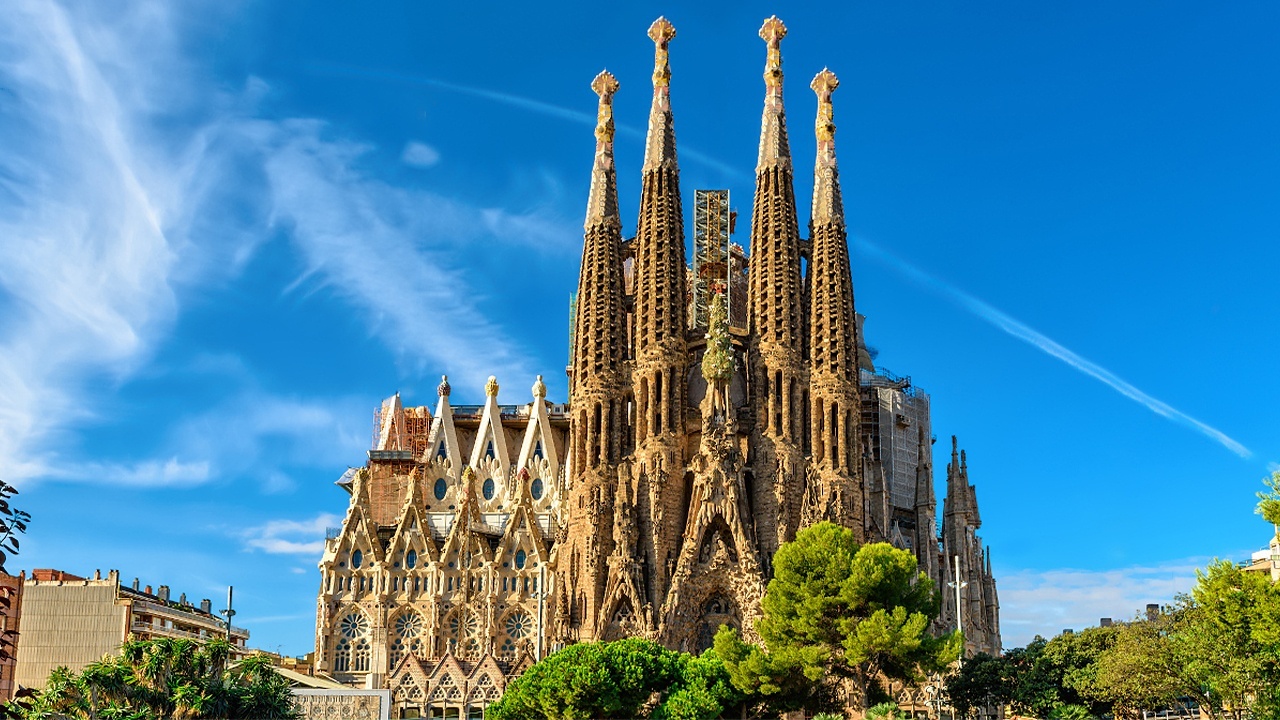Nearly 140 years ago, the architect Antoni Gaudi began working on the Sagrada Família church in Barcelona. Today, it has been described as the world’s “longest-running construction project” because it is still not finished. The design of the church is the culmination of Gaudi’s fascination and passion with natural patterns and shapes, like seashells. As you may have guessed, the church design is extremely complex.
When Gaudi died in 1926, there were models showing his design for the church, but they have been damaged. Since then, other architects have tried to finish his project. What could something started in 1883 have to do with parametric design? Architects like Mark Burry have figured out how to use parametric design technology to work on Gaudi’s complex designs.
Keep reading for more about Gaudi and parametric design!
What Is Parametric Design?
For those pursuing a BIM technician career through an online program, you may be familiar with terms like computation design, and computer-aided design. These are all technologies that have developed over the last few decades and have changed what is possible for design technicians to achieve.
One design firm, Robazzo, describes parametric design by explaining that it is “like a spreadsheet, but more exciting.” The more technical definition of parametric design may be understood through what it does, rather than what it is. Parametric design can generate unique geometric shapes and all of the specifications needed to build them. How? The designer chooses mathematical functions and values (that is, parameters) and then a spreadsheet or computer program does all of the necessary calculations so an object or building can be modeled and made.
From Gaudi to Today: an Online Design Technology Program History
If you delve into the history a little bit before starting an online design technology program, you will quickly learn that parametric design is not new. The use of computer programs or spreadsheets just makes parametric design more efficient because calculations do not have to be done manually. This means things like 3D models can be generated and adjusted without a huge investment of labour or resources.

The interior of the Sagrada Família is also inspired by Gaudi’s love of shapes like seashells
In fact, Gaudi utilized parametric design concepts to build models by hand. For another church, la Cripta, he assembled strings and other materials. He then hung them upside down and took photos as he created an inverted model of connected string and bags, which served to model main axes and columns. Building a model this way meant that Gaudi could test and verify the interdependencies of each part of the geometric design. As he adjusted the materials, he would be able to see how the whole shape changed.
Where the Sagrada Familia Church and Frank Gehry Meet
More than a decade after Mark Burry began studying the Sagrada Família in the late 1970s, he began using architectural software to work on the design for the interior of the church. However, it was not until he tried aeronautical software that he was able to make significant progress. He recognized the calculations needed to design things like airplanes would be helpful for Gaudi’s complex geometric designs.
In 2010, after Burry had teamed up with Frank Ghery to create parametric design software for architects, the interior of Sagrada Família was completed. The story is not quite over, though, because there are still more facades to be built.
Whether you aim to work on something like the longest-running construction project of all time, or participate in the design of machines, or something in between, there is time for you to enroll in online courses and learn BIM along with other technical, creative skills. With hands-on experience, you’ll be ready for an exciting career!
Ready to find your passion and learn where it can take you?
Your career awaits.



